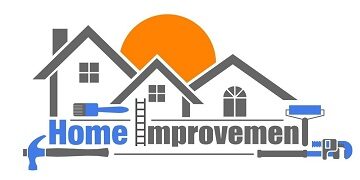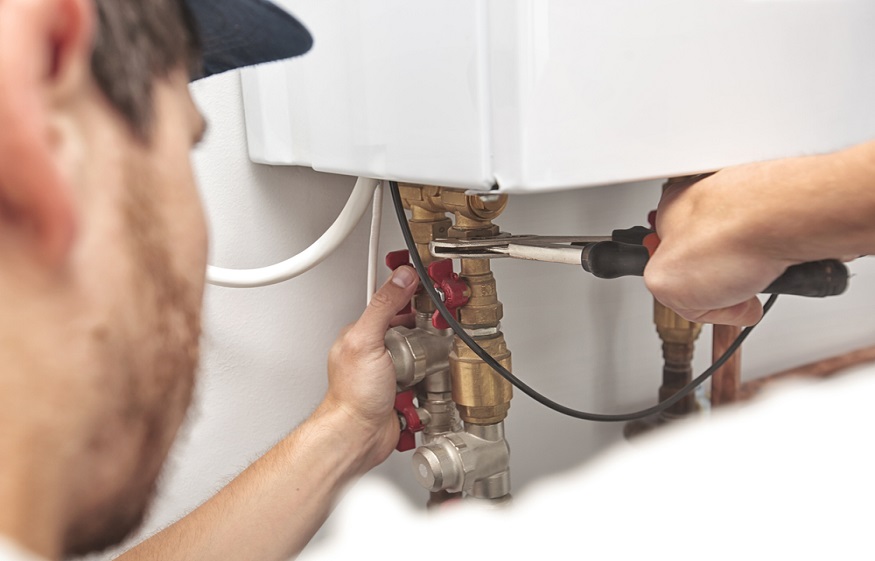The Pros and Cons of Saddle Valves in Residential Plumbing
The plumbing industry has worked hard over the last 50 years to make the actual job of plumbing easier. One way they have done so is by continually improving the technology. That brings us to the saddle valve, a type of self-tapping valve that is easy enough to use even if you have no plumbing skill or knowledge.
Saddle valves are commonly used in residential plumbing to tap into existing water lines. For instance, you might want to tap into the line under the sink in order to connect to a brand-new refrigerator with an automatic ice maker. Using a saddle valve allows you to tap into that line without cutting it.
Needless to say, saddle valves have their pros and cons. These are described below, compliments of Salt City Plumbing. As well-known plumbers in Salt Lake City, Utah, the company has encountered plenty of saddle valves in customer homes.
Pro: Easy to Use
The most attractive aspect of the saddle valve is its ease-of-use. You don’t have to be a plumber to install one. You also do not need any special tools. A basic set of hand tools and a few minutes of your time is all that’s required. The valve is attached to an existing water line with a built-in saddle clamp and two bolts. Once installed, you turn the valve handle clockwise to drive a tapping screw into the existing water line.
Pro: Avoids Cutting and Soldering
Saddle valves are intended to be used with rigid piping. Generally, this means copper only. That is not necessarily a bad thing when you consider your other options. Cutting into a copper line to run a new line off it generally means having to solder the new fitting or use a compression fitting. The saddle valve replaces both options.
Con: Not for Plastic or PEX
Among the saddle valve’s downsides is that it is not appropriate for plastic pipe or PEX tubing. Plastic pipe, like PVC, is too brittle for saddle valves. As for PEX tubing, it is not rigid enough. Attempting to use a saddle valve on any type of plastic is just a bad idea. You may get a tight, leak-free seal to start with, but the chances are good that the valve will eventually start leaking anyway.
Con: Greater Risk of Leakage
Saddle valves tend to do a fairly good job with copper line. However, they also pose a greater risk of leakage as compared to soldered, compression, and push-connect fittings. As such, plumbing design professionals recommend not using the valves in any location where access is difficult.
Using a saddle valve under the kitchen sink is fine because you can check it for leaks every now and again. The same goes for under the bathroom sink. It is never a good idea to use saddle valves behind walls or down in the basement, unless you are able to make a point of regularly checking on them.
Con: Designed for Limited Pressure
Finally, saddle valves are designed only for water systems with limited pressure. You are looking at a maximum pressure of 125 psi to use a saddle valve safely. Anything higher than that and you are risking a burst water line. The good news is that most residential water systems max out at about 80 psi.
Saddle valves are easy-to use-devices for tapping into existing water lines. Even with limited plumbing knowledge, a typical homeowner can install one in just a few minutes. However, they are not appropriate for every job. Saddle valve should be limited to those jobs involving rigid copper lines.


